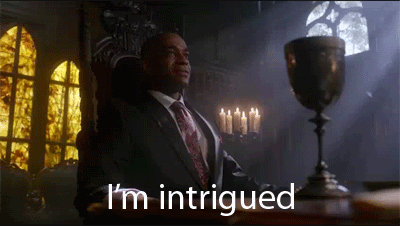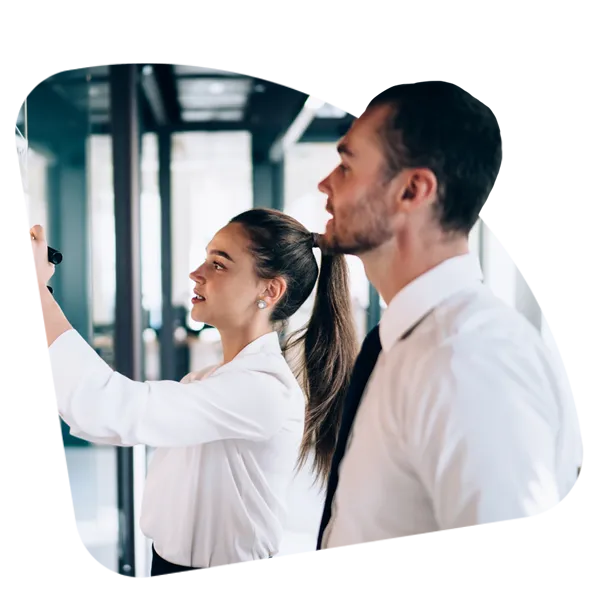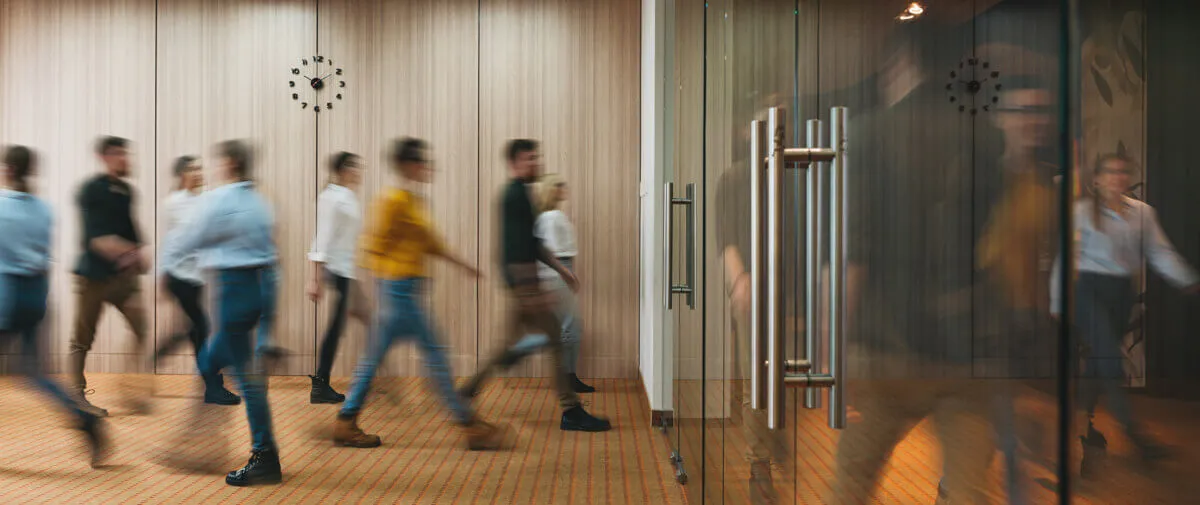For those of us who run service-oriented organizations — or even businesses with clients — you know that client communication can make or break your business. If you're easy to work with, clients are much more likely to continue to employ your services. If you're difficult or disorganized, you'll be dropped like the ball on New Year's Eve.
While you can find lots of advice telling you how to run productive client meetings, there's one Very Special Secret that helps you figure everything out.
What is it? Ok, we'll tell:
It's not about you, it's about the client.
"Of course!" you might be saying. But think about it: how often does your preparation include actively imagining what might be most convenient, most helpful, and most productive for the client?
Yes, you want to tell them about all the cool stuff you've done and can do. But too often we fall into the trap of running meetings the way we want to, not the way that's best for the client.
Here are a few examples of ways that you can orient your meetings around your clients:
Clearly State the Length and Purpose of the Meeting
Most of the time this should happen at the beginning: you say "this meeting should take 30 minutes, and I'm hoping to do the following three things." If you want, you can even shoot off a short email before the meeting with the same information.
This shows the client that you value their time, and aren't leaving the busywork up to them. It will also help keep you on track, which is especially important when meeting with a large group.

Do Extra Research
You know what's good? Showing up with everything the client expects from you. You know what's better? Showing up with more than the client expects.
For example, you could research your client's competitors and peers to see what they're doing. You could research new advances in your client's field. You could research tangential fields and see if there are any ideas for your client there.
Whatever it is, if you consistently bring new ideas to your client meetings, you make yourself a more valuable asset.

Let the Client Talk
Too often we tout our own accomplishments, or dominate a meeting by having all the answers.
A better idea is to give the client time to talk. Decide before the meeting that you only want to be talking 40% of the time, or 35%, or 15%. Then hold yourself to it! This not only lets the client feel respected, it makes sure you get to hear what the client thinks and wants. Occasionally, you get paired with challenging clients. Check out 8 Ways to Manage Difficult Clients for some tips.

Give a Succinct "Past, Present, Future" Summary
Whatever the point of the meeting, you'll want to be prepared with information about everything you've done. A good way to think about this is "past, present, future" — know what you've accomplished since your last meeting, know what you're working on now, and have a plan for what you'll be doing in the future.
The last part (future work) may change as the meeting progresses, but you want make sure your client knows where everything stands.

Use "Yes, and …"
This one's a tip from the improv community. It's a great way to make sure you're working collaboratively. The idea is that whatever your client says, you say "yes," and then add to the client's ideas. Even if you don't quite agree. Whatever they say, you respond with "yes, and …"
This technique is used all over to foster a spirit of collaboration. Plus, this improv technique can help make you a better boss.
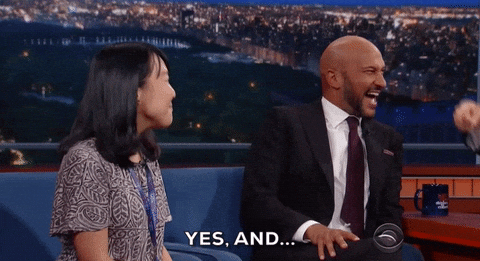
Do the Follow-Up
After a meeting, it's helpful for all parties to recount, in writing, what happened: what you discussed, what you agreed on, and what the action items are. Make sure you're the one who does this. It reminds you what the next steps are, maintains a record, and makes things easier for the client.
Typically, there are three components to a follow-up email that you should include:
- a "thank you"
- a reference to a point of common ground
- a list of key takeaways
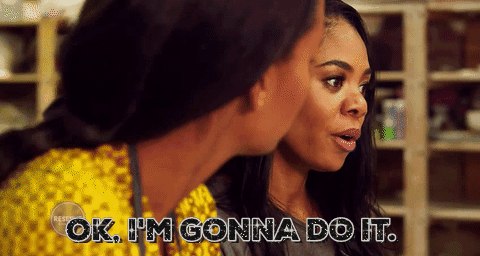
Add Value to Your Client's Time
Again, more of a conceptual framework than a set of specific guidelines. But this should always be Number One. Anytime you set up or plan for a meeting, you want to ask: "what can I achieve here that will make my client's time useful?"
After all, there's an opportunity cost to meeting with you, since your client could be doing something more lucrative. So from their perspective, what makes meeting with you something they should want to do, instead of something they have to do?
Keep asking yourself that question, and you're guaranteed more productive client meetings.
